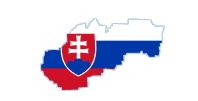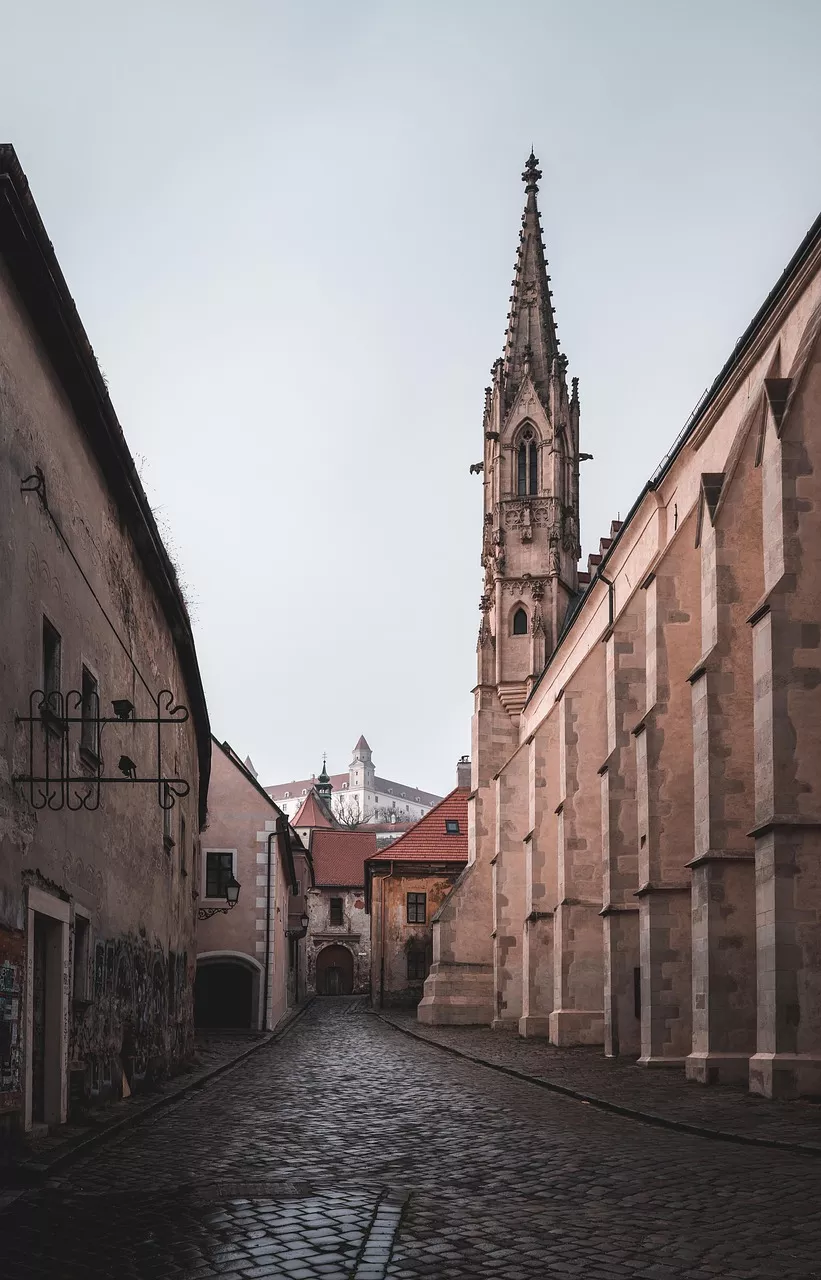Bratislava guide 
The capital of Slovakia, with a population of just under half a million, is located on the Danube River, so you can enjoy beautiful views of the city from the river or from one of the bridges. The city is dominated by Bratislava Castle. The nearby Devín Castle is also worth mentioning. Be sure to try the bryndza dumplings or Bratislava rolls.
Sights and monuments - The most famous sights in Bratislava, such as Bratislava Castle, St. Martin's Cathedral, Primate's Palace and the like.
Accommodation - Recommendations for various types of accommodation from a luxurious 5* hotel, to classic accommodation in a 4* and 3* hotel, cheap accommodation in a hostel or accommodation on a boat.
Food and drink - Recommendations for local specialties such as bryndza dumplings, cabbage soup or sweet Bratislava rolls.
Practical advice - How to best travel around Bratislava, how to buy public transport tickets, where to find a bike rental or information center.
Weather - The best time to visit Bratislava, year-round and current weather forecast.
Celebrities - Famous politicians, artists or inventors who lived and worked in Bratislava.

Bratislava, the capital of Slovakia, is located in the southwest of Slovakia, on the banks of the Danube River. It lies close to the borders with Austria and Hungary, which gives it a unique geographical and cultural position. The city has an area of 367.58 km² and a population of approximately 437,000.
The history of Bratislava goes deep into the past. In the 10th century, it became part of the Kingdom of Hungary and, from 1536, also its coronation city. After the end of the First World War in 1918, Bratislava was part of the newly formed Czechoslovakia, and since 1993 it has been the capital of the independent Slovak Republic.
Among the rich cultural and historical heritage of Bratislava is the Bratislava Castle, which rises above the city and offers a wonderful view of the Danube and the entire city. Then St. Martin's Cathedral, a Gothic cathedral where 11 Hungarian kings and 8 queens were crowned.

In the historic center of the city, you can explore the narrow streets, historic buildings and picturesque squares. Michael's Gate, the only surviving city gate from the medieval fortifications, offers a panoramic view of the city. The Primate's Palace, a classicist building where they signed the Bratislava Peace Treaty in 1805, today serves as the mayor's residence.
Culture plays an important role in Bratislava. Here you will find the Slovak National Theatre, which offers opera, ballet and drama performances. The Slovak Philharmonic and many other cultural institutions contribute to the city's rich cultural life.
Several universities and colleges also operate in Bratislava, including Comenius University, the oldest and largest university in Slovakia.
City transport includes buses, trams and trolleybuses. M.R. Štefánika Airport offers connections to many European destinations, and the city has good rail and bus connections with other parts of Slovakia and with neighboring countries. There are direct connections to Prague, Vienna and Budapest.
Bratislava, the economic center of Slovakia with developed industry, trade and services, attracts many foreign investors. For example, the Volkswagen Slovakia plant is located in Bratislava, the largest employer in the city, which produced 325,000 cars (including electric cars) in 2023. The unemployment rate is around 3%.